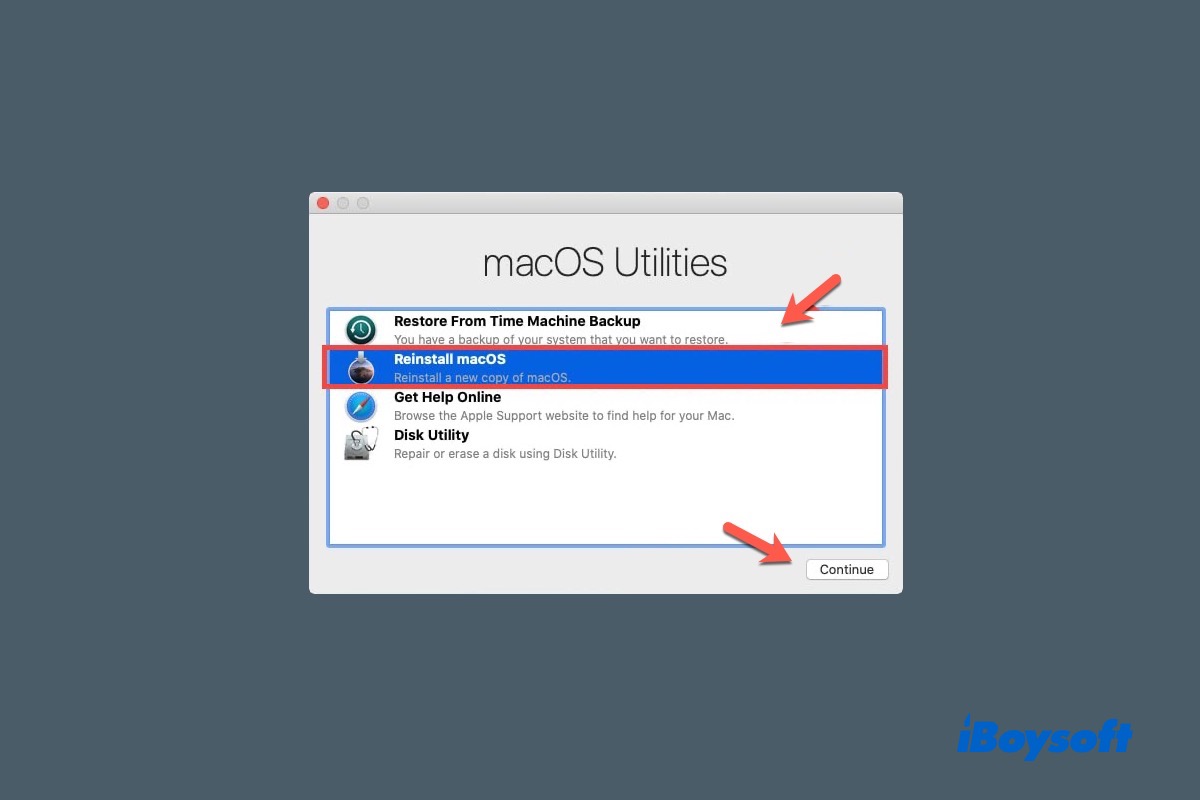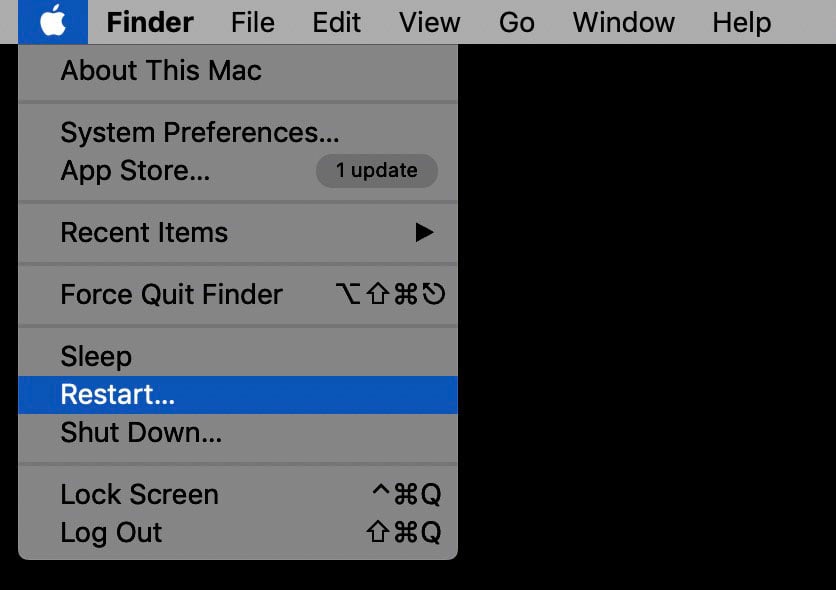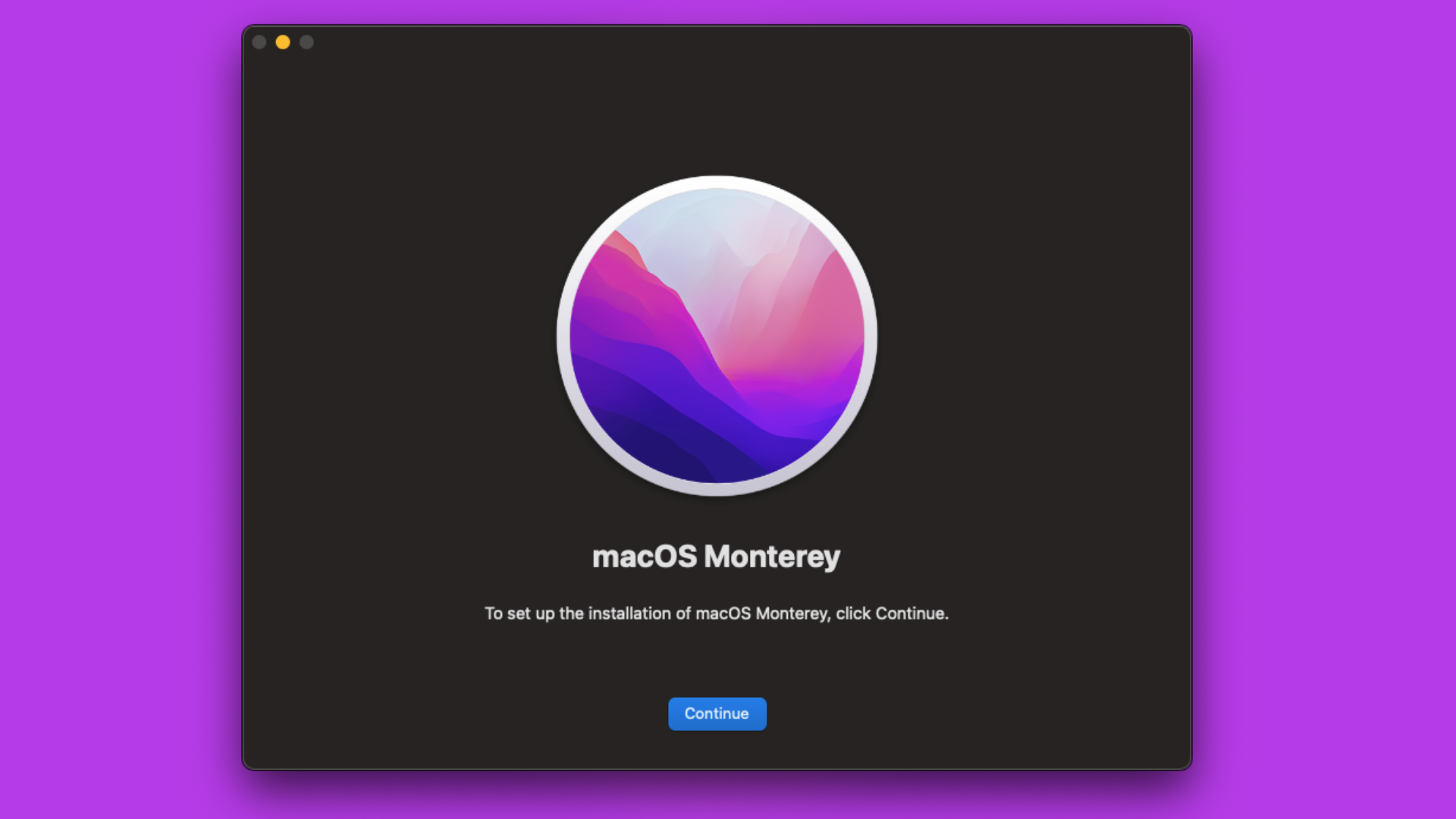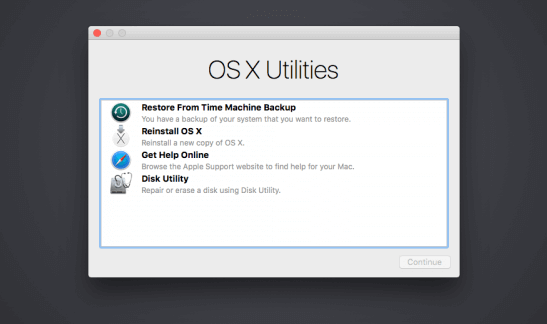

- REINSTALL OS FOR MACBOOK AIR HOW TO
- REINSTALL OS FOR MACBOOK AIR MAC OS
- REINSTALL OS FOR MACBOOK AIR INSTALL
- REINSTALL OS FOR MACBOOK AIR DOWNLOAD
You still need to wipe the drive, however, or your files will remain in place, so skip to the end of this step to do so.) (If your Mac has a solid state drive, you can skip this part: your SSD will already securely erase files thanks to TRIM. If you’re wiping a mechanical drive, click “Security Options” in the window that pops up. Click your primary drive, then click “Erase” If not you can find Disk Utility in the menu bar: click Utilities then Disk Utility. To get started, click the Disk Utility option.ĭepending on how you started Recovery Mode, you may be presented with the option to start Disk Utility right away, as seen above.
REINSTALL OS FOR MACBOOK AIR HOW TO
We’ve shown you how to securely wipe a hard drive with your Mac, and doing so in Recovery Mode isn’t really different from doing so within macOS. If you want a truly clean installation, however, you need to first wipe your hard drive. We recommend backing up files before you do this, just in case, but otherwise you’re ready for step three. Your user accounts and files will stay exactly where they are-only your operating system will be overwritten. If you want to re-install your operating system, but leave your files in place, you can skip this step. RELATED: 8 Mac System Features You Can Access in Recovery Mode Step Two: Securely Wipe Your Hard Drive (Optional)

Once you’ve managed to open up the Recovery Mode in some fashion, we can move on to wiping your drive securely.
REINSTALL OS FOR MACBOOK AIR DOWNLOAD
You can access recovery without a partition using Network Recovery: hold Command+Shift+R while turning on your Mac and it will download the Recovery features for you. Failing that, you can create a bootable USB installer for macOS Sierra, and boot from that by holding “Option” while turning on your Mac. Once you see a window like the one below, click on Disk Utility and Erase your main Mac HDD (or SSD).If neither of these options work, don’t panic! You’ve got a couple of options yet.Release the Command + R key combination once you see the Apple logo on display.Restart your Mac, or power it on, while holding down the Command + R key combination.In the Recovery app window, select “Reinstall macOS,” click Continue, then follow the onscreen instructions. After the disk is erased, choose Disk Utility > Quit Disk Utility. Click the Format pop-up menu (APFS should be selected), enter a name, then click Erase. Select your startup disk on the left, then click Erase. In the Format field, choose the APFS option if you’re running macOS High Sierra or later.

How to Reset MacBook Air: Performing a Factory Reset How do I reset my MacBook Air to factory settings 2015?
REINSTALL OS FOR MACBOOK AIR INSTALL

REINSTALL OS FOR MACBOOK AIR MAC OS


 0 kommentar(er)
0 kommentar(er)
